Technology is moving at a startlingly fast rate these days and car manufacturers are sometimes struggling to keep up. But not always; here are five new technologies that you may well be seeing in your new car very shortly.
Under-car airbags
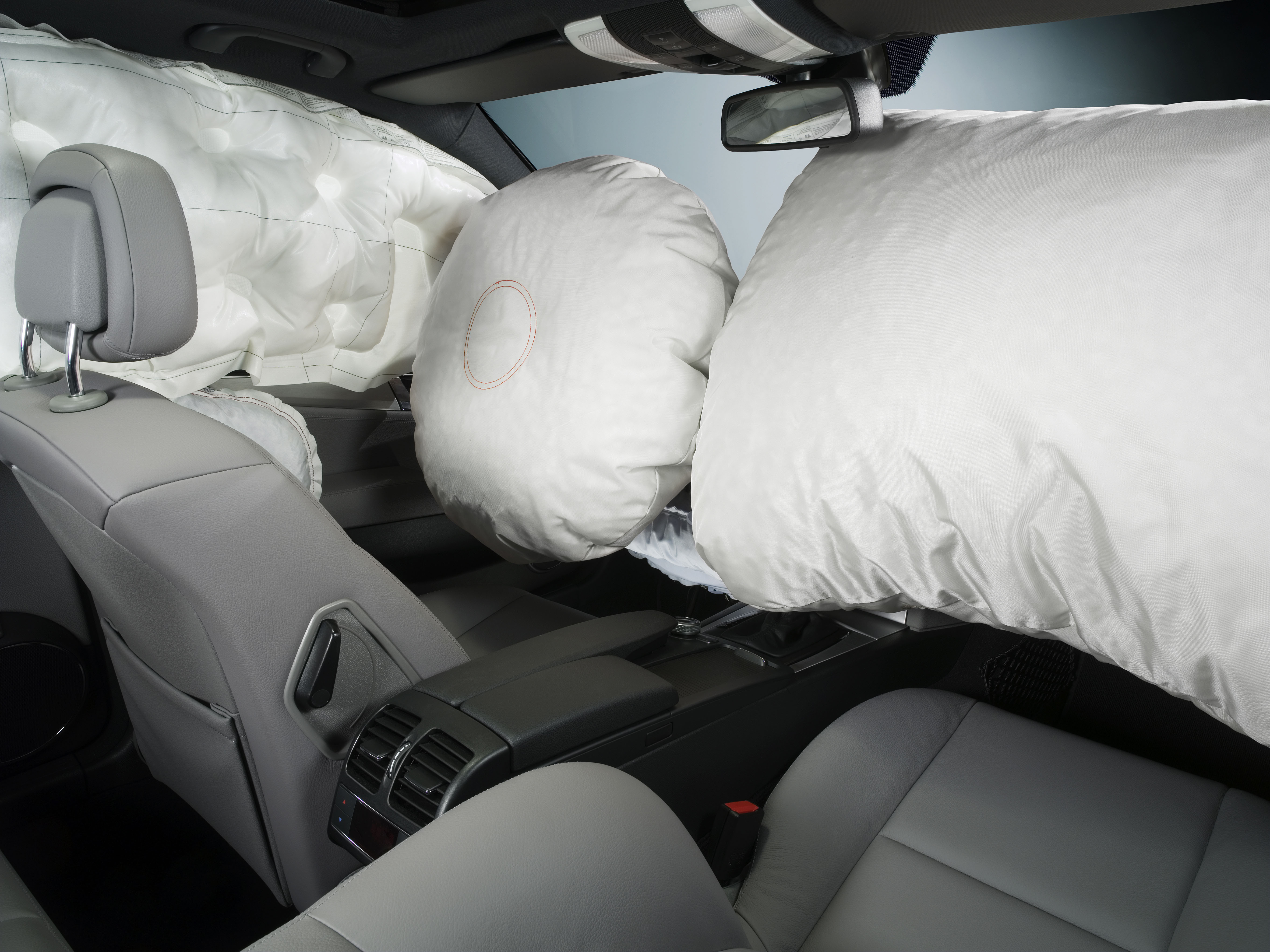
We are all pretty much used to airbags these days, after all they have been saving us (on a widespread basis) for more than two decades now.
While their domain is usually on the inside of a car, a few manufacturers have toyed with the idea of putting pedestrian-saving airbags on the outside. But Mercedes-Benz are currently experimenting with an entirely different use for airbags – ones that help slow the car quicker.
Made from a high-friction material, the airbags are mounted under the car and when they deploy can halve the amount of time it takes to stop a car with brakes alone. They also raise the car up, preventing the nose from squatting down, keeping the car level and preventing pedestrians from going under the car.
In 2009 Mercedes predicted that the under-car system could appear on its cars wishing seven years, so… any time now, Mercedes?
AR windscreens
Head-up displays are fairly common in cars these days, projecting vital information up onto the windscreen so the driver doesn’t have to look away from the road. But the next level in this is not too far away.
Augmented Reality is not far from being the next must-have in car technology, with a number of manufacturers working on systems.
Jaguar has been one of the most forward about its AR tech, with systems that highlight potential hazards, project a virtual car for drivers to follow when using navigation and even going so far as to extend the system to screens on the A- and B-pillars, effectively eliminating blindspots.
Add this to touch and gesture technology and there will soon be no reason to look away from the road at all…
Car to car communication
They key to getting widespread use of autonomous vehicles into widespread use, most of the big manufacturers are working on systems for cars not only to talk to each other, but also to other things like roadside hazards, road work sites, traffic lights, traffic signs and emergency vehicles.
Car-to-car and car-to-x (communication to things that aren’t cars) won’t just help avoid accidents, but also have the potential to massively improve traffic flow and reduce driver stress and fatigue.
While the systems effectiveness will be limited by the prevalence of other cars without such a system, it is essential viewed as a “work in progress” that will drastically improve as more equipped cars get on the roads.
Energy storing body panels
Electric cars are largely limited by their batteries, with the cost, added weight and limited range being the biggest negatives with traditional batteries. But how about an electric car that does away with bulky batteries altogether?
That is exactly what Volvo (as well as a number of universities) have been working on for the past six years.
The Volvo system uses advanced tiny super capacitors incorporated into carbon fibre panels using an advanced resin; the panels are, in turn, formed into body panels. Just as with a conventional EV battery, the super capacitor-infused material can be fully charged by plugging it in or refreshed on the go via regenerative braking.
The panels charge faster than conventional batteries and Volvo claims they are lighter than conventional body panels, as well as being cost effective and eco-friendly to produce.
Health monitoring
Ford cares about you – it really does – and it also cares about the other road users around you. Possibly not quite as much as Ford owners, but it still cares.
That is why the manufacturer has spent several years developing a car seat that monitors the driver’s heart rate and stress levels. Only to scrap it when they realised that wearable tech like smart watches and fitness bands did the same job.
So Ford is now working on integrating wearable tech into its cars systems, allowing the car to know when the driver is tired, stressed or even about too drop dead from a heart attack.
This would enable the car to increase various driver assists, provide warnings an. potentially, provide emergency services with vital information on the driver’s condition before they get there if the worst were to happen.

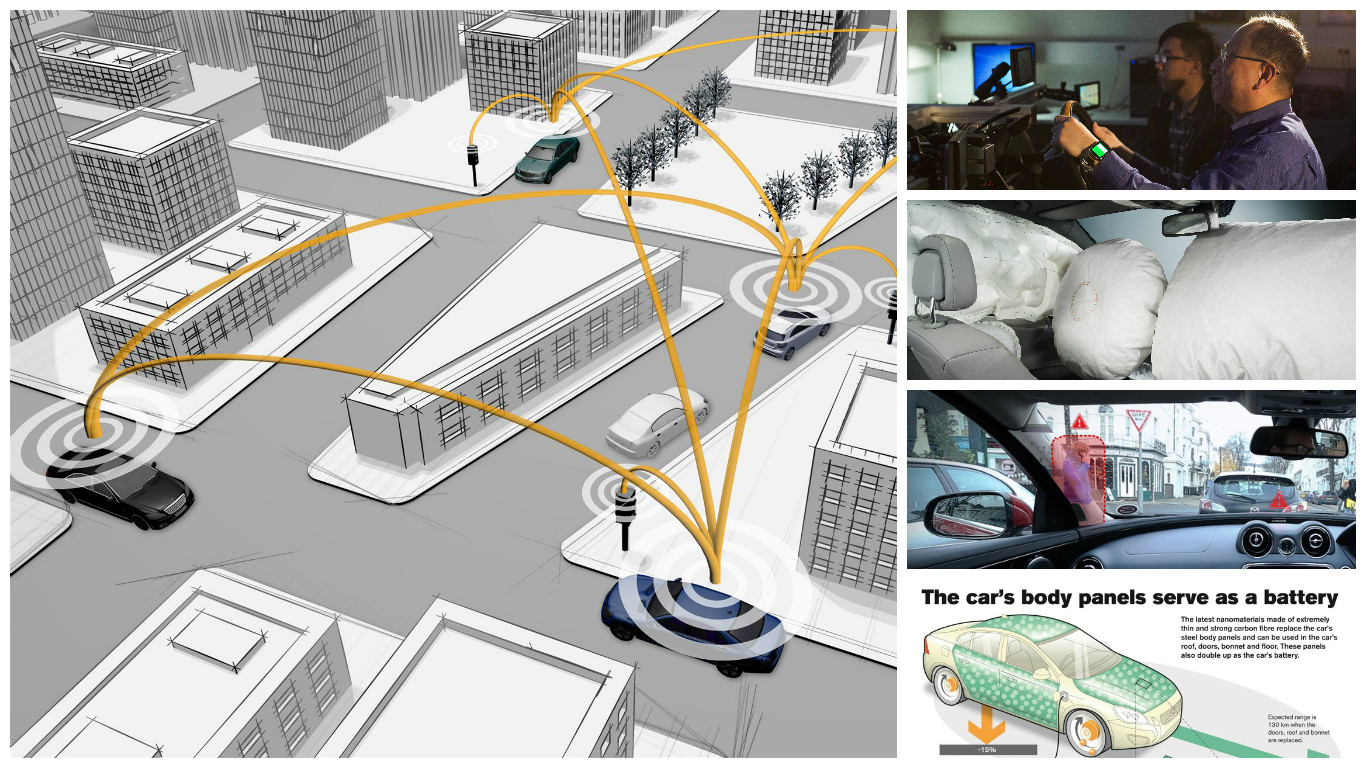
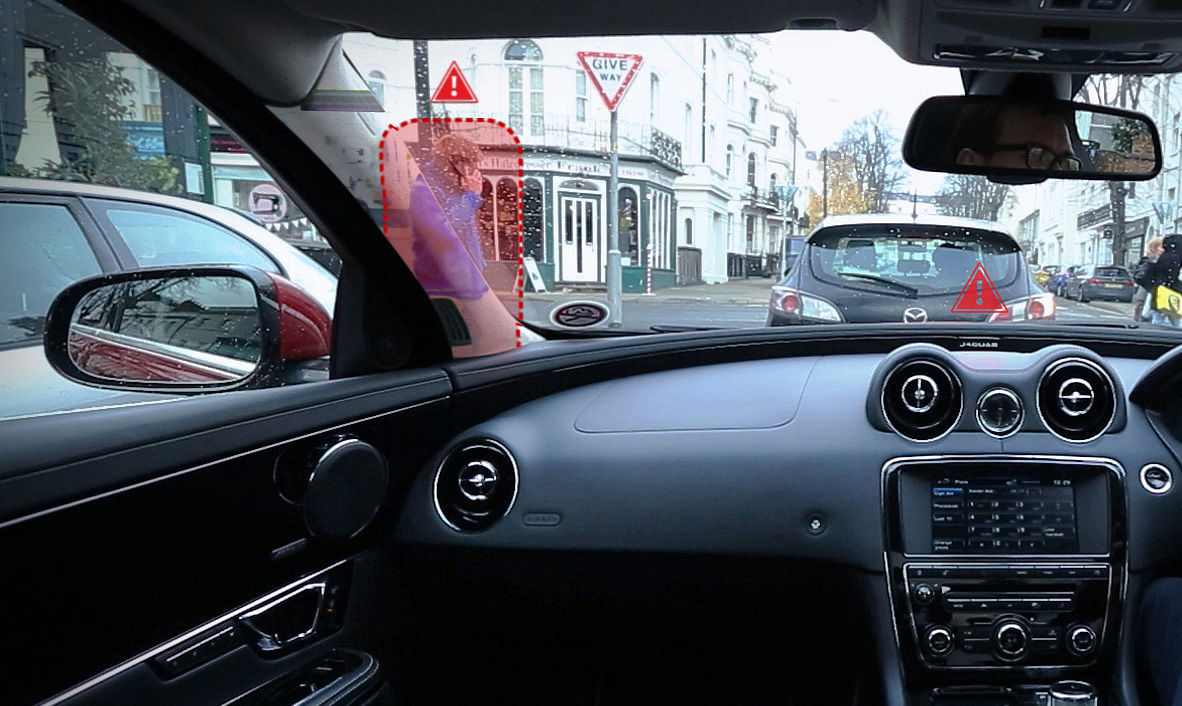
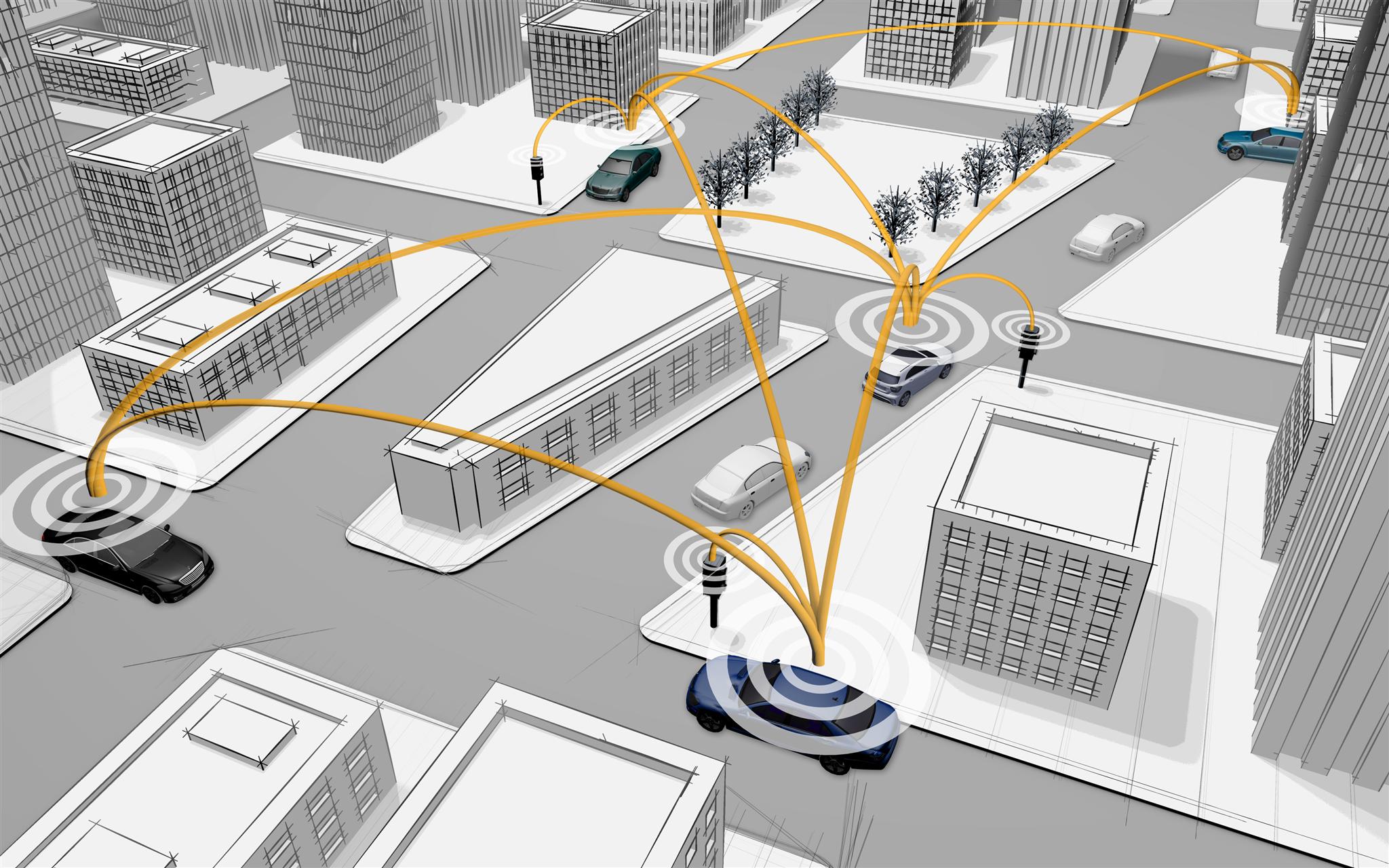
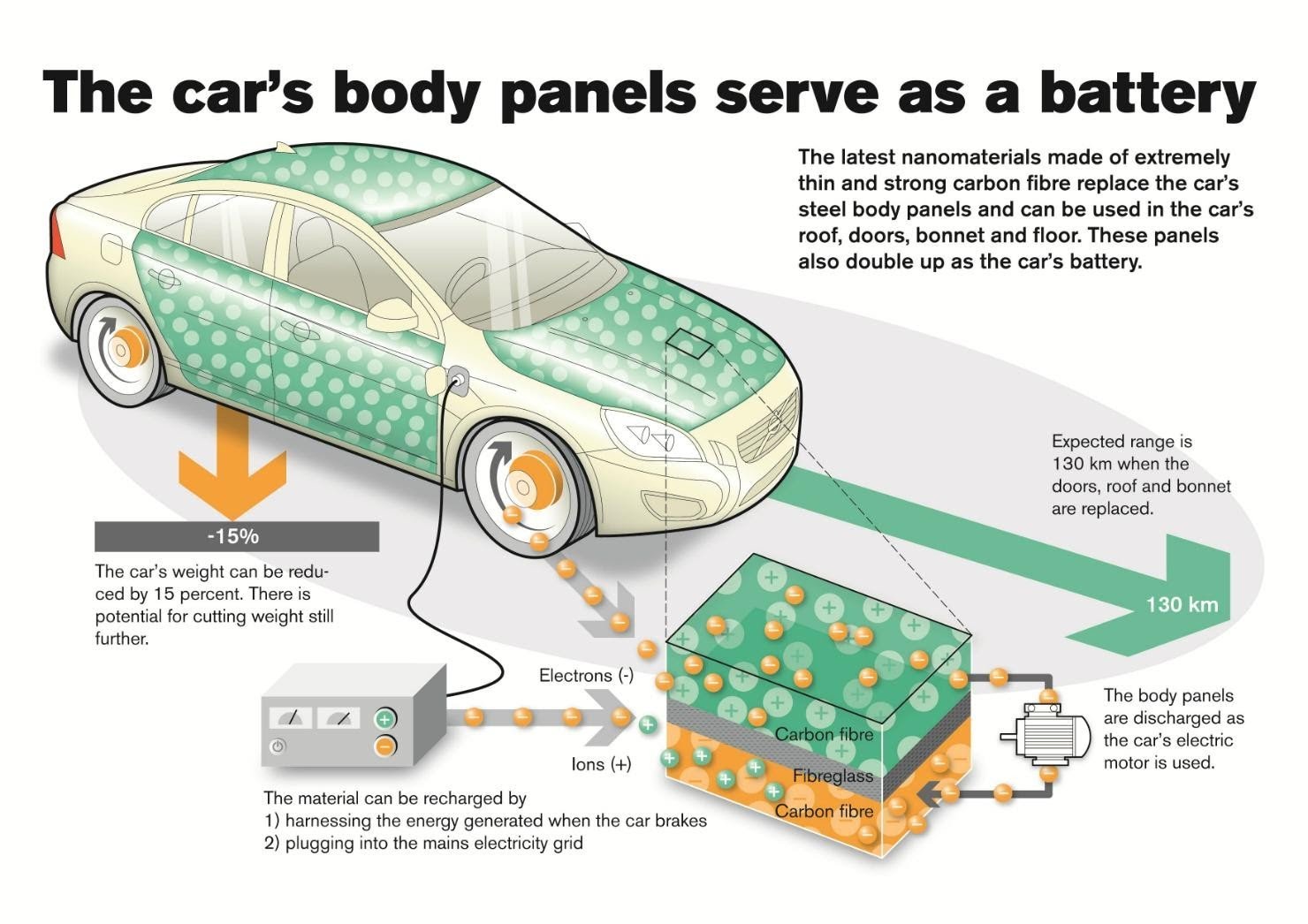
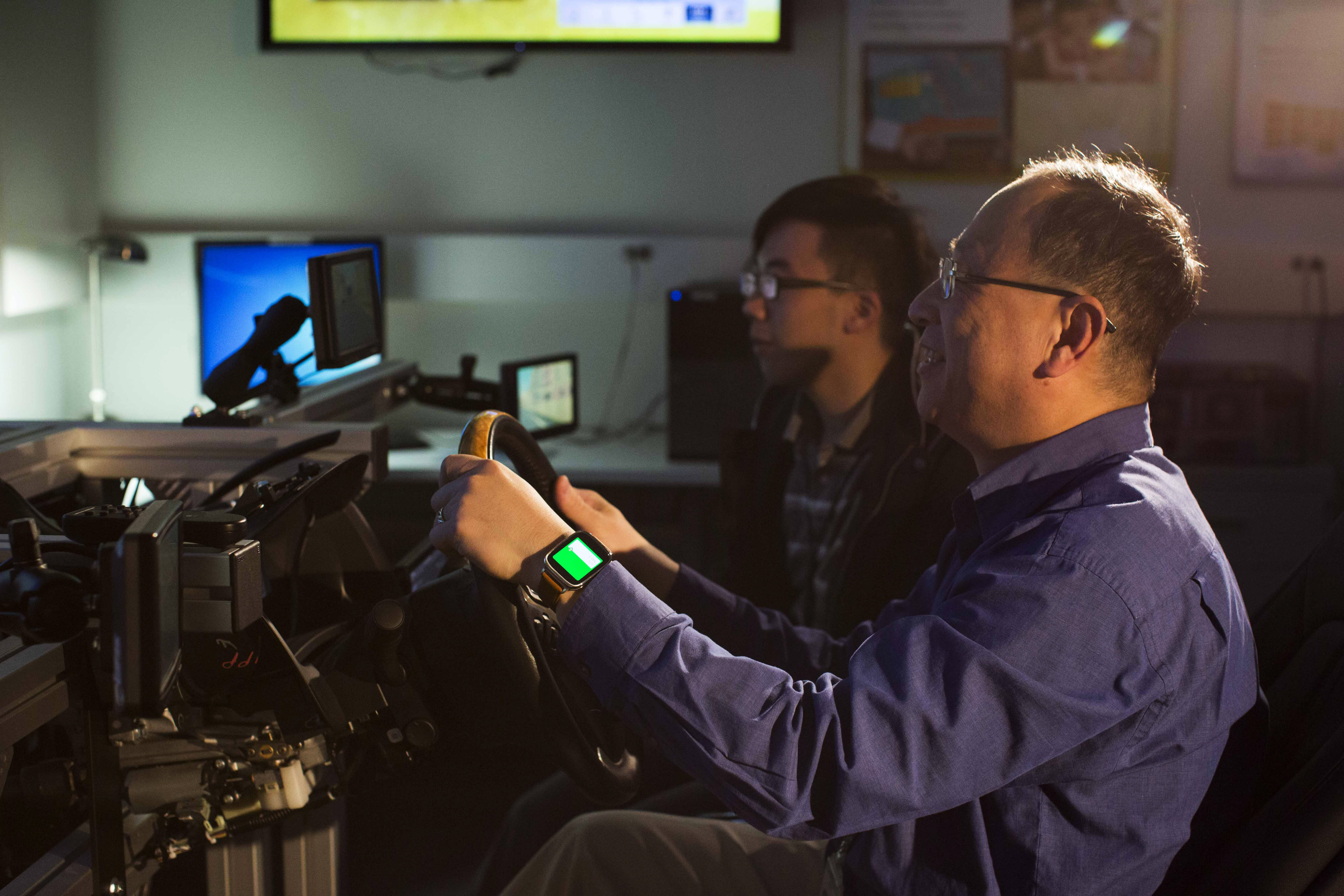

You must be logged in to post a comment.